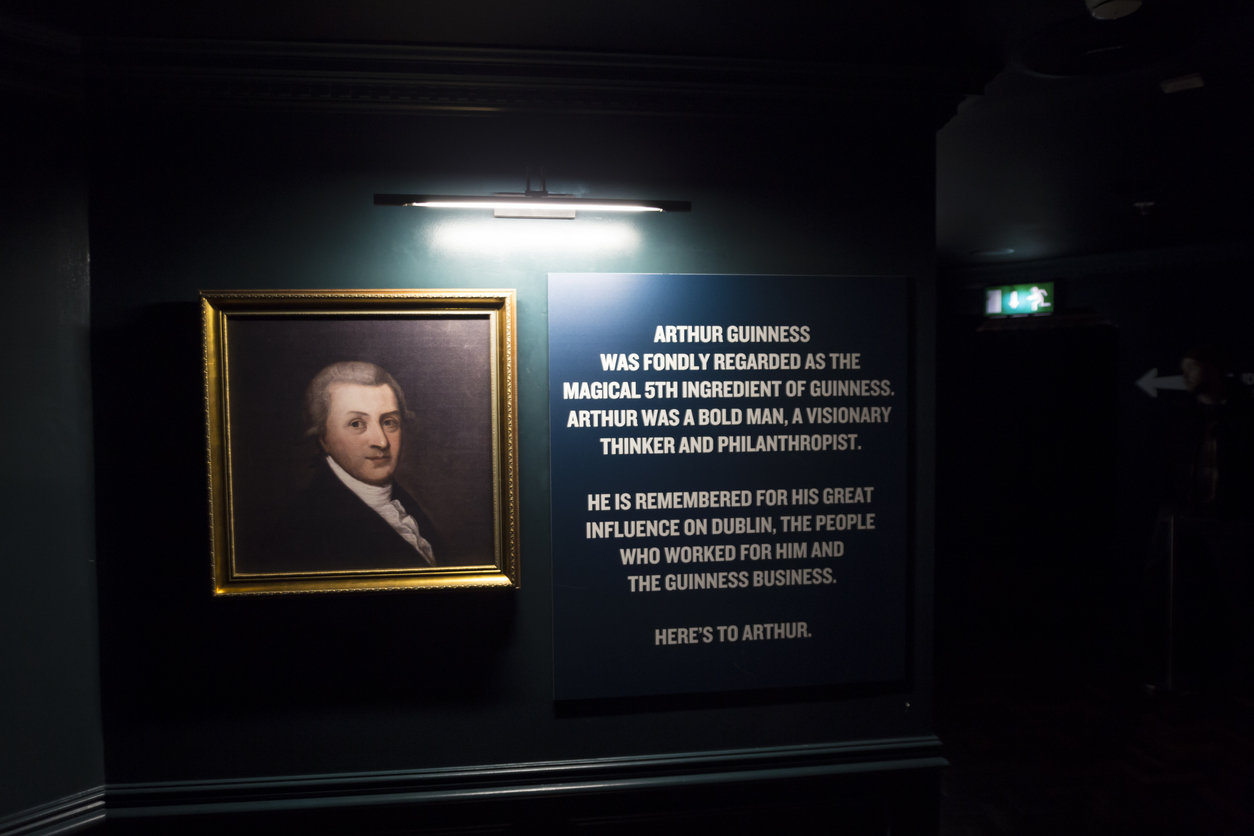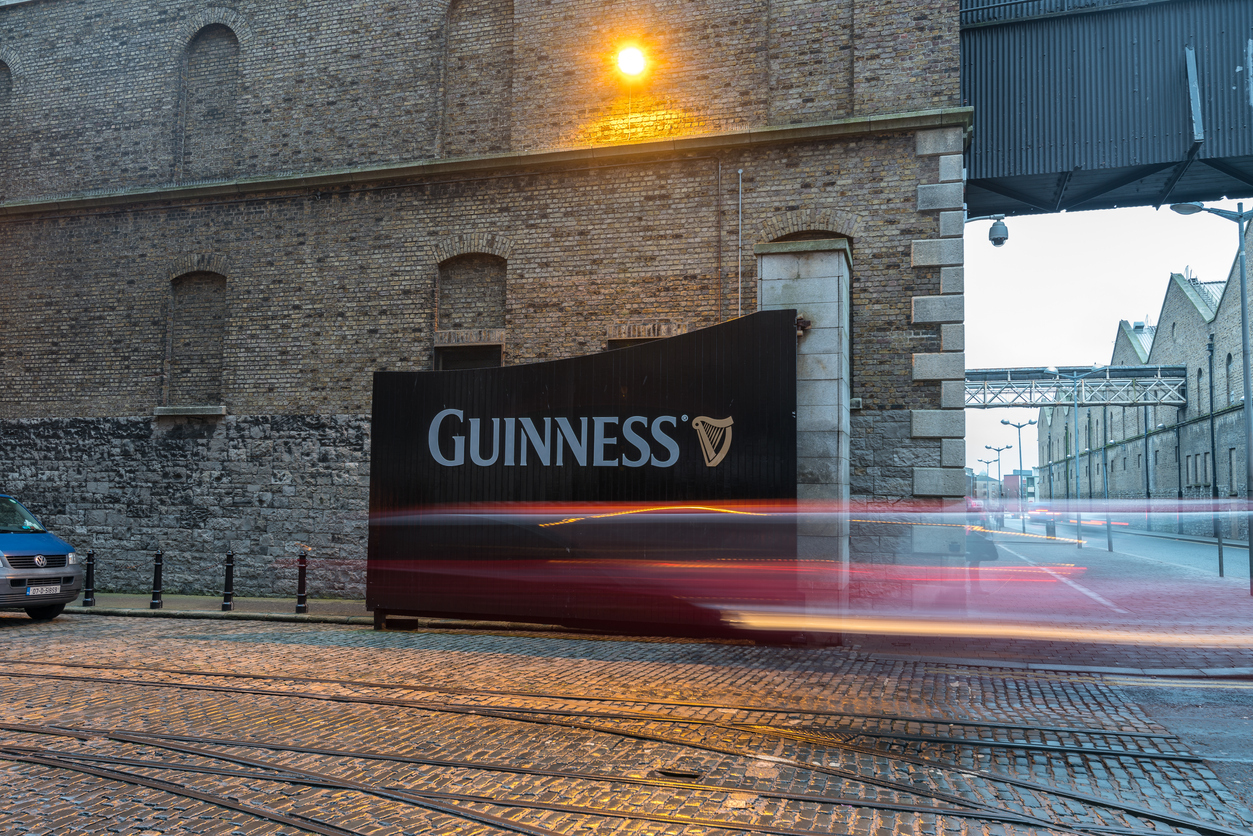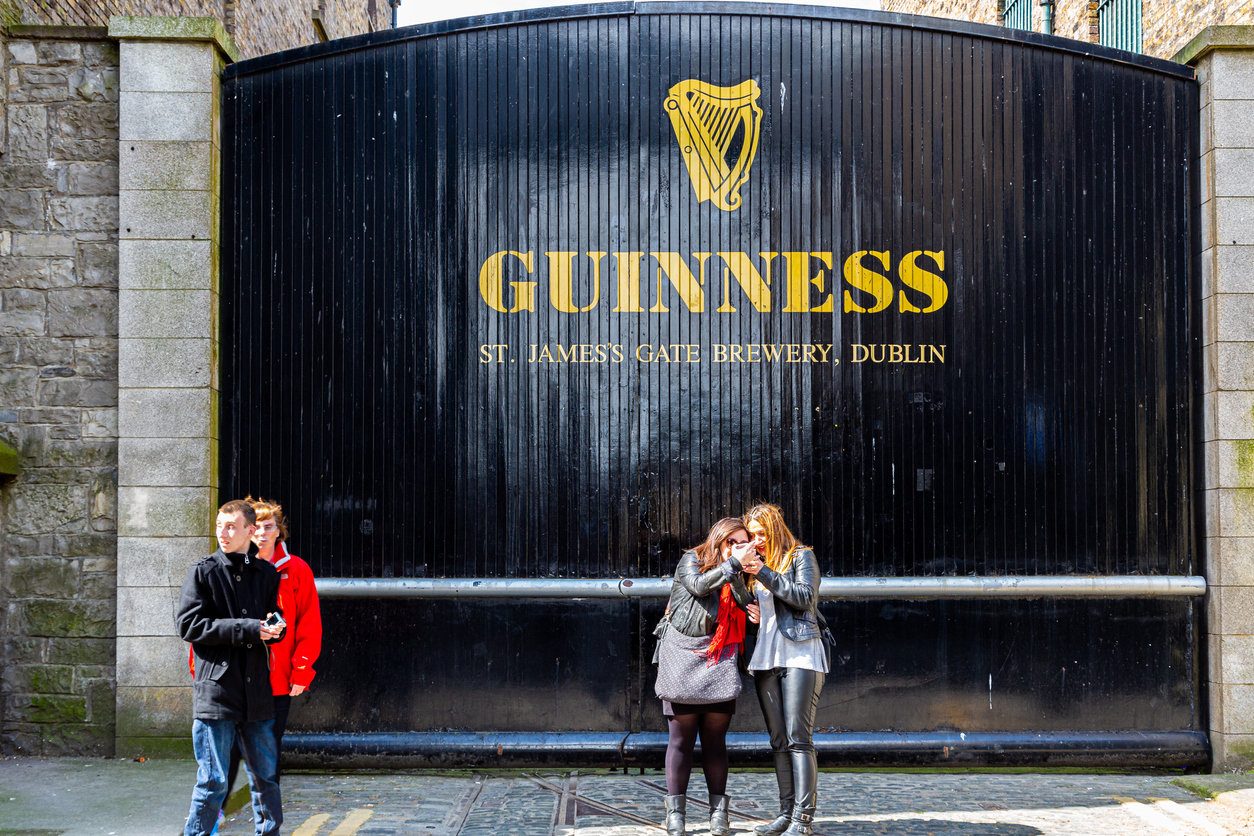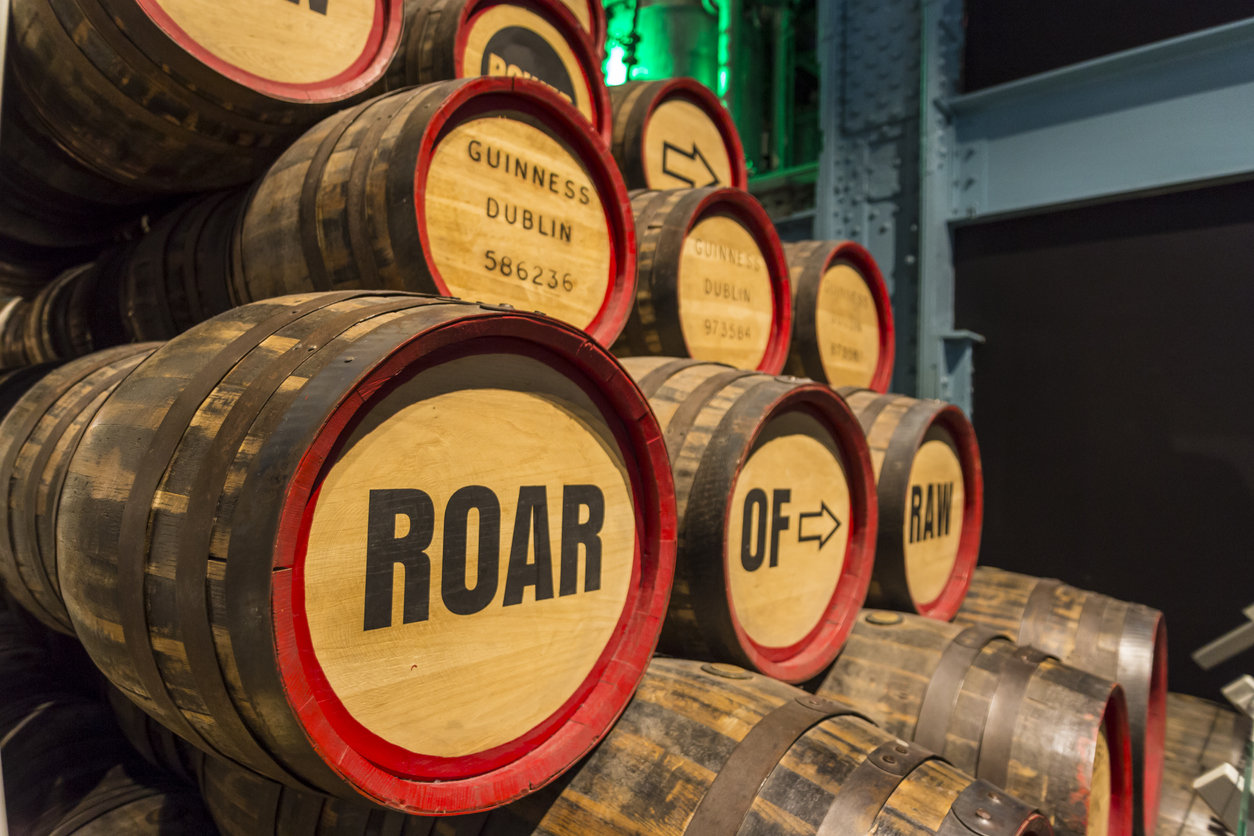CHEERS | BEER

Back to black
Is it possible to be both historic and traditional while also pioneering and innovative? There’s one Irish beer brand which has succeeded for nearly three centuries.

Google Guinness beer and the smart algorithm will deliver a host of responses within the blink of the proverbial eye. The cold, factual answer will read as follows: “Guinness is an Irish dry stout that originated in the brewery of Arthur Guinness at St. James's Gate, Dublin, Ireland, in 1759. It is one of the most successful alcohol brands worldwide, brewed in almost 50 countries, and available in over 120. Sales in 2011 amounted to 850 000 000 litres.”
As anyone who has ever held a pint of the dark and lovely brew with its distinctive creamy top knows, there’s more to Guinness than that. In the United Kingdom, one in every nine pints pulled in a pub is a Guinness. The most recent statistic is that 10 million glasses of the dark beer are consumed worldwide every day! Research for this article revealed interesting information which the average Guinness consumer may not know – but which is fascinating in an offbeat way. It’s the kind of information which can be trotted out around the braai fire or during dinner party conversation that will have friends and acquaintances looking at you in a new light.
Firstly, the year of origin: 1759. Founder Arthur Guinness must have been quite a far-sighted chap because he signed a lease on his new brewery in St James’s Gate in Dublin, Ireland, for 9 000 years. Yes – a NINE THOUSAND YEAR lease! That was 91 times longer than the 99 year lease the Brits had for the island of Hong Kong … which was handed back to China in July 1997!
There’s way more to Guinness than the world records they are most commonly associated with. So here are some of the more interesting illustrations of how this beer has innovated over the years.
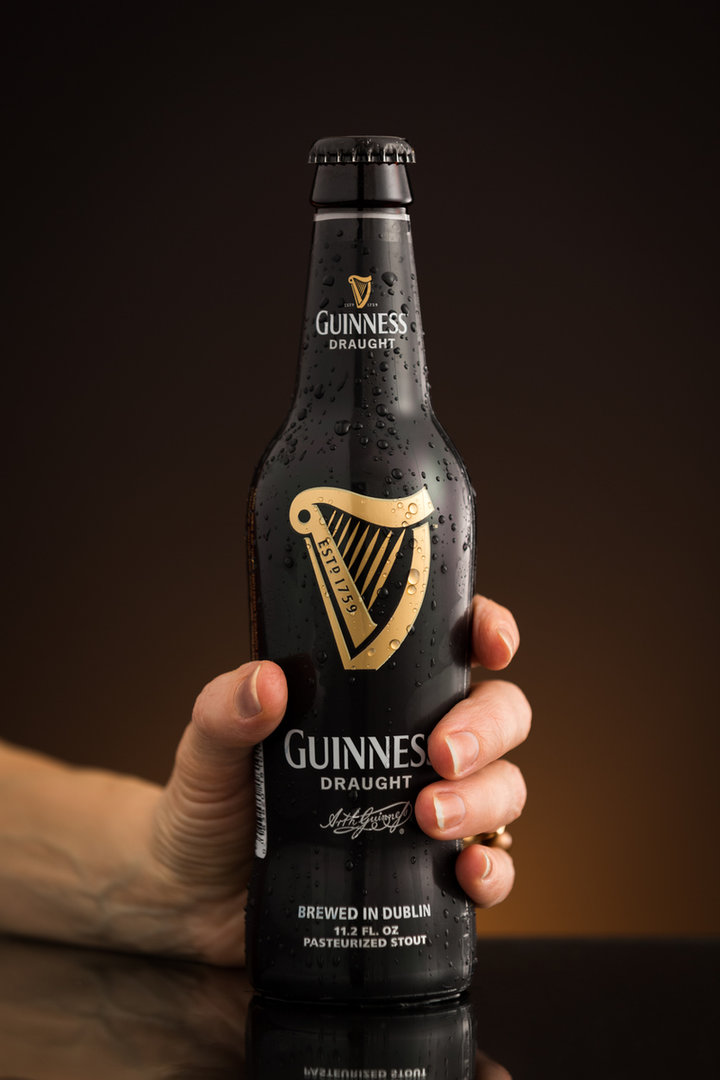
It sent company inspectors on long sea voyages from the 1890s to all of its markets to check on the transport, storage and taste of Guinness in those places. Quality control was non-negotiable. In 1904, company inspector Arthur Shand reported from Sydney, Australia: “Most of our stout arrives by sailing vessels. ...When repacked, which can be done either on the docks or in the bonded warehouses, duty is paid on the actual quantity in good condition. The merchants here also are fully alive to the importance of cool storage for stout. The consumption of stout in general is, I think, greater than elsewhere in the Commonwealth.”
What of the role Guinness played in extending brewing practices? The first major one, as detailed on the company’s website, was in 1801 when founder Arthur Guinness amended the brewing recipe of his original stout. The original brew should always be “subtly fruity with warming, roasted notes of coffee and dark chocolate on the nose, appear dark ruby red with a frothy head and taste crisp and balanced with bitter, sweet, roasted notes and a dry finish.” The amended recipe became West India Porter which was higher in alcohol and hops content so that it could withstand the rigours of marine transhipment.


Mathematician (and brewer) Michael Ash is given rightful recognition for making one of the most significant changes to Guinness. “Ash became fascinated by the idea of serving Guinness in draught format and was convinced that adding nitrogen to the beer was not only the most effective way to do this, but also that it would transform the actual beer itself,” the website states. Using science, Ash introduced nitrogen for the Easy Serve system and ultimately created the ‘surge and settle’ effect that everyone who has ever ordered a draught Guinness knows well. The two stage pull, in which the froth is given time to rise to the top. That 1950s innovation was the world’s first nitro beer.
Similarly, years went into developing a way of delivering that same effect – but in individual cans of Guinness. The technology which is now recognised as the widget. “It’s essentially a small, white nitrogen filled ball that sits inside the can, and the second the can is opened, the widget does what it has so patiently been waiting to do. It releases the magic surge of bubbles, replicating the draught experience in a can.” That was first launched on the market in 1989.
Shipping has always featured in the worldwide growth of Guinness. It’s why, in 1977, the company bought its own dedicated vessel, the MV Miranda Guinness, a bulk liquid carrier used to take beer from the brewery in Dublin to the United Kingdom. That was then extended to a fleet of vessels.
Socially, it paid wages 10% higher than the going rate in Dublin, it introduced health care for employees – as well as their families. Employee benefits are something which are taken for granted nowadays but they were revolutionary in the 1870s. Paid leave was groundbreaking as were the pensions introduced for staff in the 1880s. The company built accommodation for its workers, and during World War 1, it paid 50% wages to the families of the men who went off to combat.
And what about its presence in Africa? After all, around 40% of its global volume is brewed on the continent. Nigeria alone is the third largest market in the world for Guinness, behind only the home country of Ireland and the UK, and it even pips the United States into fourth spot.
“The first recorded shipment of Guinness to the African continent arrived in Sierra Leone in 1827,” the Guinness website states. “Some 135 years later in 1962 the first Guinness brewery outside of Ireland and the United Kingdom followed, the Guinness Brewery at Ikeja, Nigeria.
“Today, Guinness has operations across sub-Saharan Africa that are home to a number of Africa-first innovations. The original innovation being Guinness Foreign Extra Stout first brewed over two centuries ago to ensure the Guinness liquid survived the long sea journey to foreign shores. Then we have Guinness Smooth, a smooth, distinctive beer with the perfect balance of flavour, the character of Guinness.”
Dark and lovely indeed!
